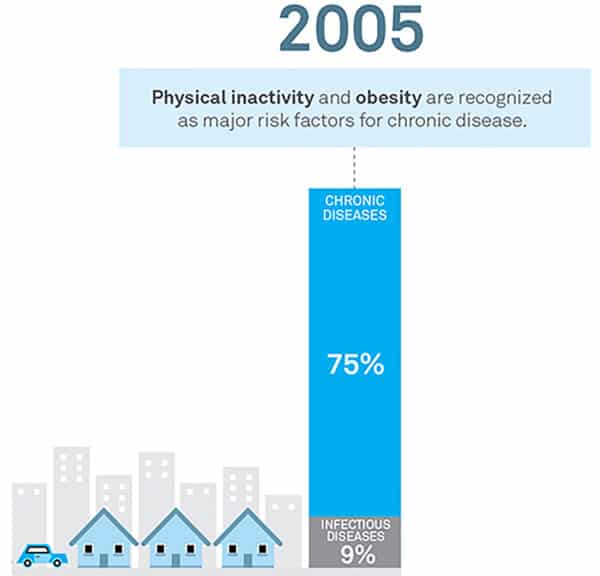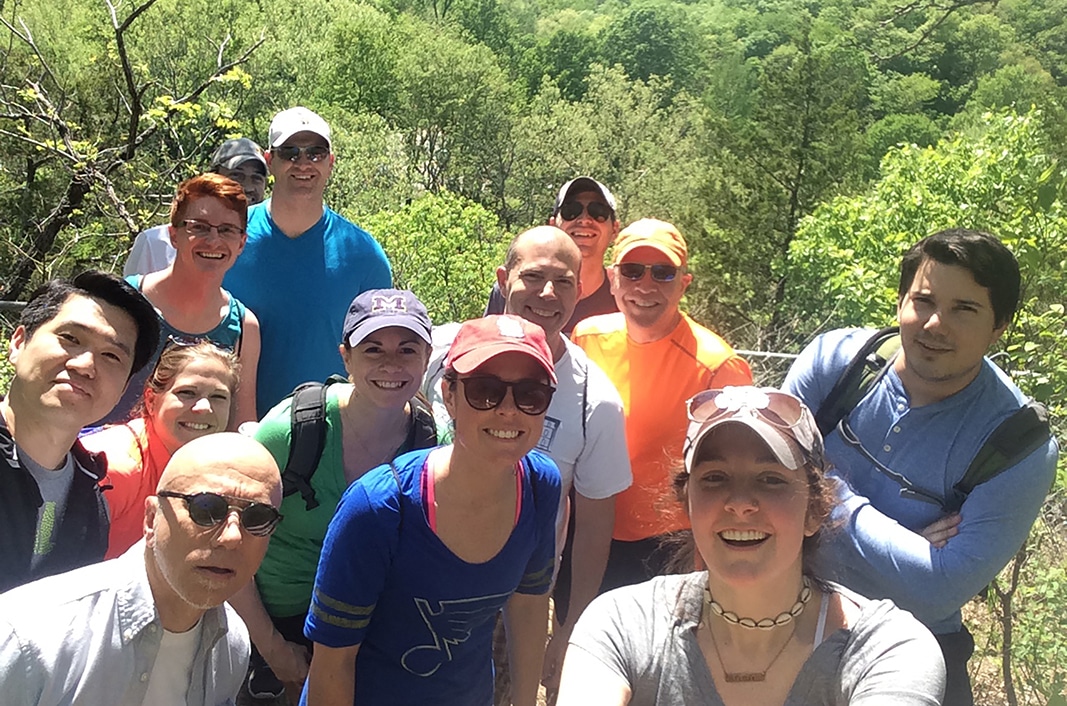Thanks to the increased awareness surrounding Leadership in Energy and Environmental Design (LEED), the design profession and a large portion of the general public understand the impact that building materials and construction have on the environment. We regularly discuss design strategies related to optimized natural lighting, utilizing locally sourced and/or recycled materials, energy efficient mechanical systems and countless other environmental issues with our clients and consultants. These strategies have become standard best practice during the design process.
But, what happens after the building is constructed? How can business owners shape operations to benefit the health of the building occupants? And what role should designers play in this process?
I recently attended a presentation about the WELL Building Standard. According to their website, “the WELL Building Standard takes a holistic approach to health in the built environment addressing behavior, operations and design.” While I attended as a design professional seeking knowledge that might benefit my clients, I actually found myself equally intrigued as a business owner.
The presenter shared several startling statistics. Here are a few:
- Physical inactivity is the 4th leading risk factor for death for the global population.
- 11+ hours a day sitting increases death by 40%.
- 75% of the population suffers from chronic dehydration. Just 2% dehydration impairs skills.
- 2/3 of the world population is overweight and 1/3 are obese. It is estimated that
- 51% of the global population will be obese by 2030.
- Unhealthy eating results in 66% loss of productivity.
A brief history of our current health epidemic can be found on the Center for Active Design’s website. Below are a few of the statistics…



Images from Center for Active Design website
Stated in a more positive manner, the following statistics also have been proven through various studies:
- Workplace programs promoting and protecting health have the potential to reach more than 147 million workers in the U.S.
- Healthy eating and exercise results in up to 25% better job performance and 27% lower absenteeism
After understanding these facts, I was inspired to establish a “wellness week” at the office. Along with my two partners, we wanted to see how we, as business owners, could help our team gain a greater perspective on their own personal habits and the habits we have established in the work place. We wanted to encourage everyone to develop new, healthier habits which could help both health and productivity.
We created a challenge board of healthy choices and tracked our progress as a group. Challenges included the following:
- Choose fruit instead of candy if you need a snack.
- Ideally, you should have between 70 and 100 ounces of water each day. Can you drink at least 50 ounces of water a day at work?
- Can you have at least one meeting outside this week?
- Can you take the stairs to the 18th floor at least once this week?
- Eat lunch anywhere EXCEPT your desk! Every day!
- Can you go outside and walk around the block once a day?
With 100% participation, we had some great results at the end of the week! Highlights included 2,700 ounces of water consumed, 42 walks around the block, 6 outdoor meetings, 62 pieces of fruit consumed, 180 flights of stairs walked, and 55 lunches eaten somewhere other than a desk.
While it was fun challenging ourselves and each other, the greater result of this effort was raising awareness for all of us about the small changes we can make to better our own personal health. In addition to these challenges, we brought in a mindfulness coach to teach us methods for reducing stress and increase our focus. We capped off our week with an afternoon spent hiking at Rockwoods Reservation.
As business owners become more aware of the productivity benefits of a healthy and happy staff, architects have a responsibility to design buildings that can encourage these habits. At Trivers, we are all excited about bringing these important discussions to our design process.
For more information and sources for the statistics included in this post, please refer to these websites…



